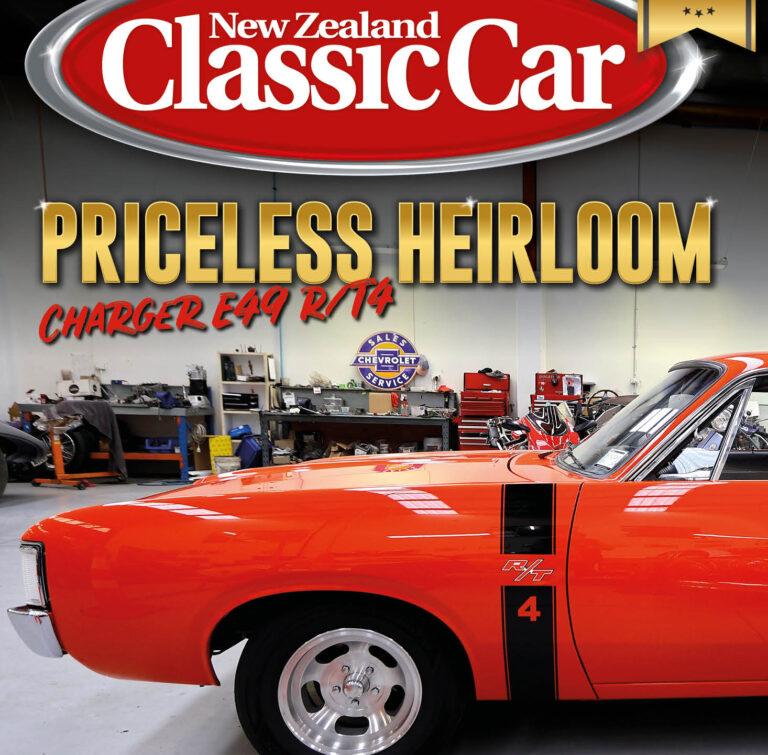We all know that there’s always something that needs attending to, whether it’s simply tidying up interior carpets and upholstery, fixing that scratched windscreen, touching up the front guard after a shopping trolley hit it last summer, or something bigger, such as replacing a rusted-out exhaust system. You may even want to push the boat out and seriously contemplate a full restoration.
In any event, you can rest assured in the knowledge that there’s plenty of specialist help out there, with professionals who know exactly what they’re doing when it comes to classic cars — whether they be European, American, or Australian. To help you on your way, we’ve compiled a Restoration Guide that’s sure to send you in the right direction.
This article was originally published in New Zealand Classic Car Issue No. 298. You can pick up a print copy or a digital copy of the magazine below:



